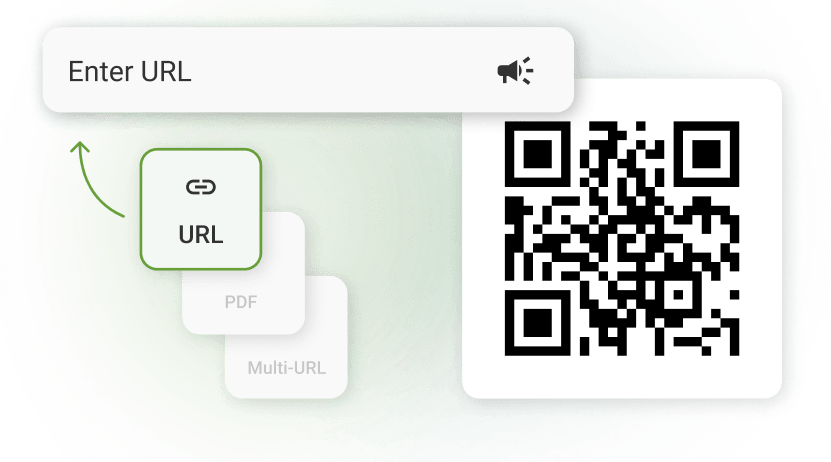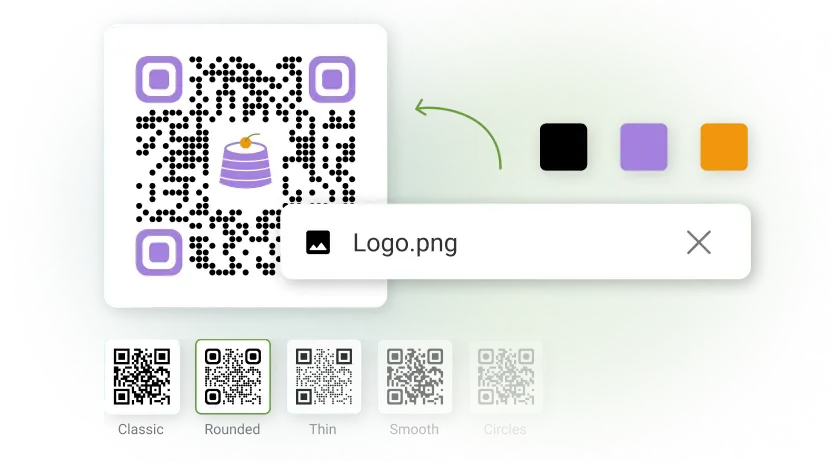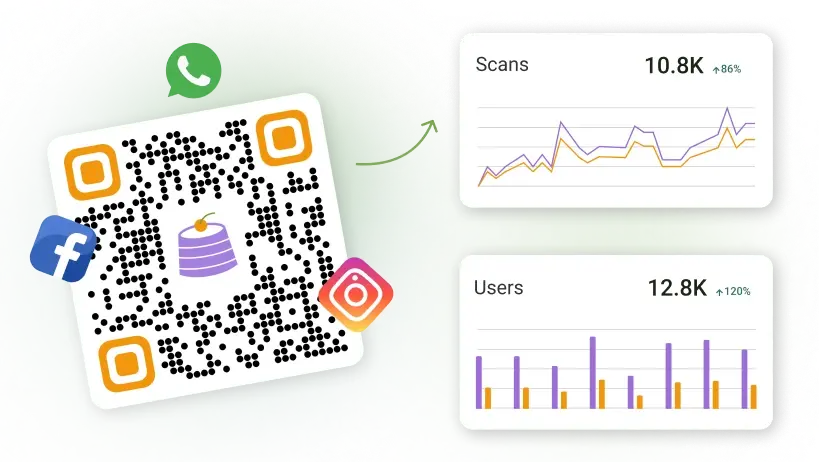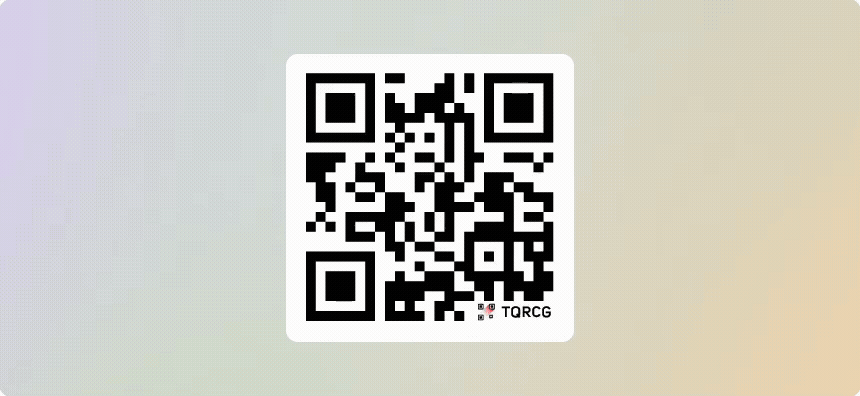Imagine you’re in a coffee shop, and you find an interesting article on your laptop. Instead of emailing yourself the link or struggling to type it on your phone, you simply scan a QR Code on your screen, and voilà—the webpage opens instantly on your mobile.
That’s the magic of Google Chrome’s built-in QR Code generator. But is it enough? Or do you need more than just a basic black-and-white code? Let’s dive into what Chrome’s QR Code feature offers—and why a more advanced solution might be a better fit.
What is a Google Chrome QR Code?
A Google Chrome QR Code is a scannable QR Code generated directly within the Chrome browser to share a web page’s URL.
When scanned, QR Codes instantly direct users to the encoded link, eliminating the need to type or copy-paste long URLs. Chrome’s built-in QR Code feature (found in the address bar’s “Share” menu) is handy for quick, no-frills sharing.
How to access the default QR Code on Chrome
Step 1: Open Google Chrome and navigate to the webpage you want to share

Step 2: Click the three-dot menu (⋮) in the top-right corner
Step 3: Hover over “Cast, save and share” in the dropdown menu

Step 4: Select “Create QR code.” Wait for the pop-up that displays the QR code for your current page.

Step 5: Choose an action:
- Copy the QR link to paste it elsewhere.
- Download the QR code as a PNG image.
- Scan the code with another device’s camera.
Should I use Google Chrome’s native QR Code generator?
While Chrome’s built-in QR feature is a quick no-frills option for generating a basic QR Code, it has limitations:
- No customization: Codes are plain black-and-white.
- No tracking: You can’t monitor scans or user data.
- Static links: If the URL changes, the QR code becomes obsolete.
- No branding: Missing logos, colors, or CTAs.
- Basic formats: Only PNG downloads are supported (no SVG/EPS)
Note: There are several Google chrome extensions that can generate QR Codes; some popular ones on the Chrome web store include:
However, these extensions share the previously mentioned limitations and may also pose security concerns.
For businesses, marketers, or creators, these drawbacks matter. The QR Code Generator (TQRCG) solves these issues with dynamic codes, analytics, and design flexibility—all while working seamlessly in Chrome.
Let’s discuss how to create a free QR Code with superior features directly from Chrome, step-by-step.
How do you create and customize a QR Code?
Step 1: Open Chrome and Navigate to Your Desired Webpage
Go to the URL you want to share (e.g., your website, landing page, or event registration) and copy it. (Use Ctrl+C for Windows and Command(⌘)-C on Mac to copy)

Step 2: Open The QR Code Generator
Go to The QR Code Generator (TQRCG) or scroll to the widget at the top.

Step 3: Paste the URL
Paste the web page’s URL from Chrome into the input field. (Use Ctrl+V for Windows and Command(⌘)-V on Mac to copy)

Optional: Scroll through the list of options to customize the design of your QR Code.
Note: If your URL is too long, the QR Code might become cluttered and harder to scan. To fix this, you can create a dynamic QR Code. Sign up to create your lifetime free dynamic QR Code.
Step 3: Click the “Download” button

The QR Code will be saved locally to your device. You can also use the copy button and paste the QR Code onto your existing design.
Pro Tip: Sign up for a free account to unlock dynamic QR Codes, which let you:
- Track scan counts, locations, and devices
- Add logo, color, and images to the QR Code
- Edit the linked URL without changing the QR Code
Feature comparison: The QR Code Generator vs. Google Chrome’s QR Code
| Feature | Chrome’s QR Code | The QR Code Generator |
| Custom Design | ❌ | ✅ (logos, colors, frames) |
| Tracking | ❌ | ✅ (analytics dashboard) |
| Editable Content | ❌ | ✅ (update URLs anytime) |
| Multiple Formats | ❌ | ✅ PNG, SVG, EPS |
Frequently asked questions
Yes! You can create unlimited number of Static QR codes with The QR Code Generator. If you want dynamic QR codes, you can create 2 for free.
No—it works directly in Chrome without the need to install any apps.
Yes, with dynamic QR codes, you can see real-time stats on scans, locations, and devices.
Not if you use a dynamic code, which are editable and trackable QR Codes. Update the destination URL anytime without reprinting.
Yes, as long as you choose reputable tools like The QR Code Generator.










 No credit card required
No credit card required